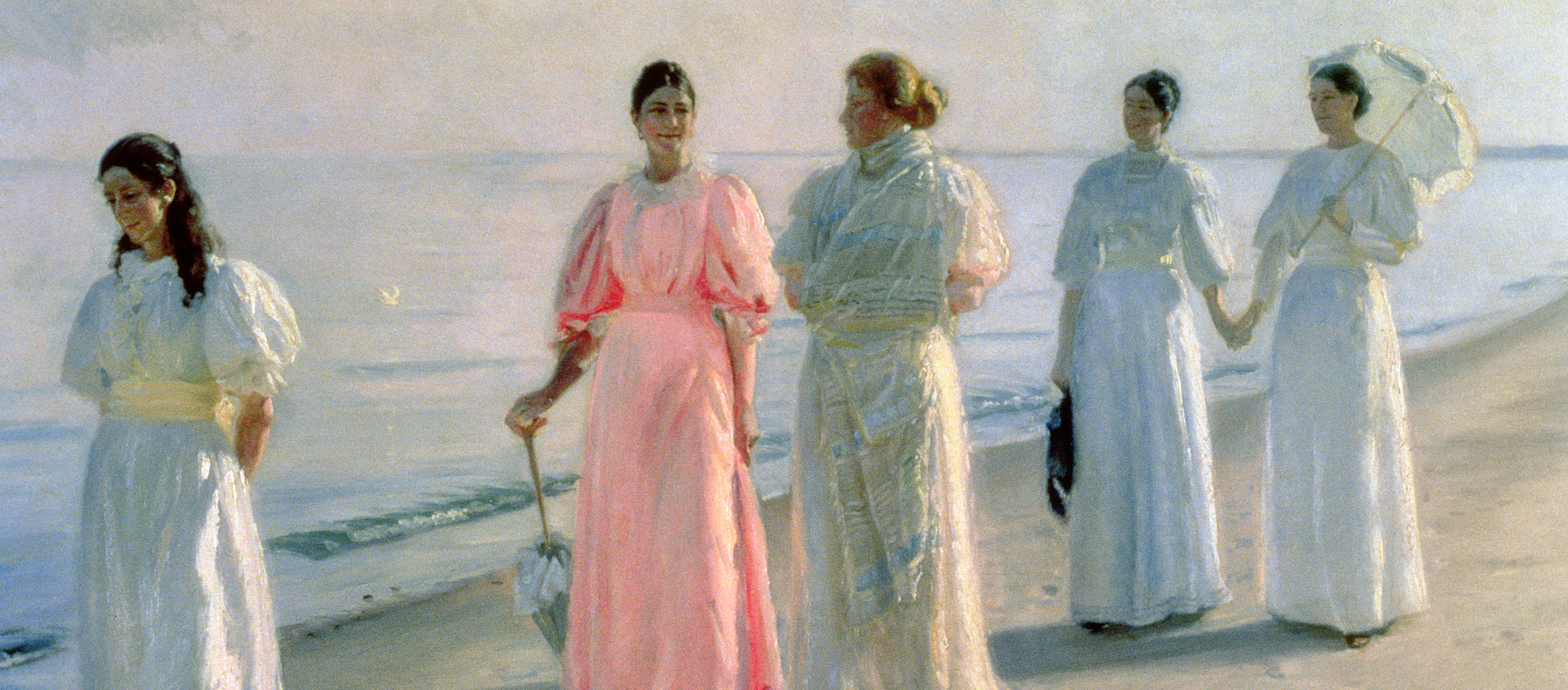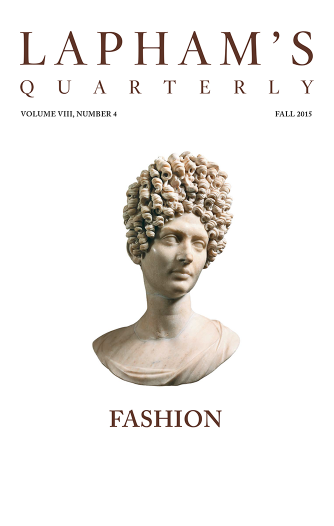What little time we were not on lists and equipment or in grudging sleep we went to the pier and looked at boats, watched them tied to their buoys behind the breakwater—the dirty boats and the clean painted boats, each one stamped with the personality of its owner.
Here, where the discipline was as individual as the owners, every boat was different from every other one. If the stays were rusting and the deck unwashed, paint scraped off, and lines piled carelessly, there was no need to see the master; we knew him. And if the lines were coiled and the cables greased and the little luxury of deer horns nailed to the crow’s-nest, there was no need to see that owner either. There were deer horns on many of the crow’s-nests, and when we asked why, we were told they brought good luck. Out of some ancient time, they brought good luck to these people, most of them out of Sicily, the horns grown sturdily on the structure of their race. If you ask, “Where does the idea come from?” the owner will say, “It brings good luck, we always put them on.” And a thousand years ago, the horns were on the masts and brought good luck, and probably when the ships of Carthage and Tyre put into the harbors of Sicily, the horns were on the mastheads and brought good luck, and no one knew why. Out of some essential race-soul the horns come, and not only the horns, but the boats themselves, so that to a man, to nearly all men, a boat more than any other tool he uses is a little representation of an archetype. There is an “idea” boat that is an emotion, and because the emotion is so strong it is probable that no other tool is made with so much honesty as a boat. Bad boats are built, surely, but not many of them. It can be argued that a bad boat cannot survive tide and wave and hence is not worth building, but the same might be said of a bad automobile on a rough road. Apparently the builder of a boat acts under a compulsion greater than himself. Ribs are strong by definition and feeling. Keels are sound, planking truly chosen and set. A man builds the best of himself into a boat—builds many of the unconscious memories of his ancestors. Once, passing the boat department of Macy’s in New York, where there are duck boats and skiffs and little cruisers, one of the authors discovered that as he passed each hull he knocked on it sharply with his knuckles. He wondered why he did it, and as he wondered, he heard a knocking behind him, and another man was rapping the hulls with his knuckles, the same tempo—three sharp knocks on each hull. During an hour’s observation there, no man or boy, and few women, passed who did not do the same thing. Can this have been an unconscious testing of the hulls? Many who passed could not have been in a boat, perhaps some of the little boys had never seen a boat, and yet everyone tested the hulls, knocked to see if they were sound, and did not even know he was doing it. The observer thought perhaps they and he would knock on any large wooden object that might give forth a resonant sound. He went to the piano department, icebox floor, beds, cedar chests, and no one knocked on them—only on boats.

Promenade on the Beach, by Michael Ancher, c. 1896. Skagens Museum, Denmark.
How deep this thing must be, the giver and the receiver again; the boat designed through millennia of trial and error by the human consciousness, the boat which has no counterpart in nature unless it be a dry leaf fallen by accident in a stream. And Man receiving back from Boat a warping of his psyche so that the sight of a boat riding in the water clenches a fist of emotion in his chest. A horse, a beautiful dog, arouses sometimes a quick emotion, but of inanimate things only a boat can do it. And a boat, above all other inanimate things, is personified in man’s mind. When we have been steering, the boat has seemed sometimes nervous and irritable, swinging off course before the correction could be made, slapping her nose into the quartering wave. After a storm she has seemed tired and sluggish. Then with the colored streamers set high and snapping, she is very happy, her nose held high and her stern bouncing a little like the buttocks of a proud and confident girl. Some have said they have felt a boat shudder before she struck a rock, or cry when she beached and the surf poured into her. This is not mysticism, but identification; man, building this greatest and most personal of all tools, has in turn received a boat-shaped mind, and the boat, a man-shaped soul. His spirit and the tendrils of his feeling are so deep in a boat that the identification is complete. It is very easy to see why the Viking wished his body to sail away in an unmanned ship, for neither could exist without the other; or, failing that, how it was necessary that the things he loved most, his women and his ship, lie with him and thus keep closed the circle. In the great fire on the shore, all three started at least in the same direction, and in the gathered ashes who could say where man or woman stopped and ship began?
This strange identification of man with boat is so complete that probably no man has even destroyed a boat by bomb or torpedo or shell without murder in his heart, and were it not for the sad trait of self-destruction that is in our species, he could not do it. Only the trait of murder which our species seems to have could allow us the sick, exultant sadness of sinking a ship, for we can murder the things we love best, which are, of course, ourselves.
From The Log from the Sea of Cortez. The same year that he received a Pulitzer Prize for The Grapes of Wrath, Steinbeck set sail aboard the Western Flyer with a crew, his wife, and his marine-biologist friend Edward Ricketts on a four-thousand-mile journey around the Gulf of California. The following year, in 1941, he and Ricketts co-published Sea of Cortez, the narrative portion of which Steinbeck published separately in 1951 to wider acclaim. After Ricketts died, Steinbeck wrote, “His mind always tried to enlarge the smallest picture.”
Back to Issue






